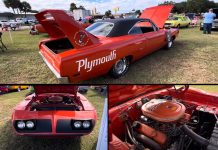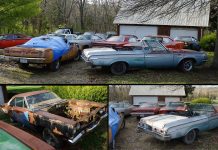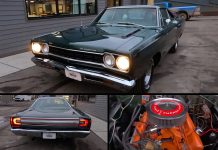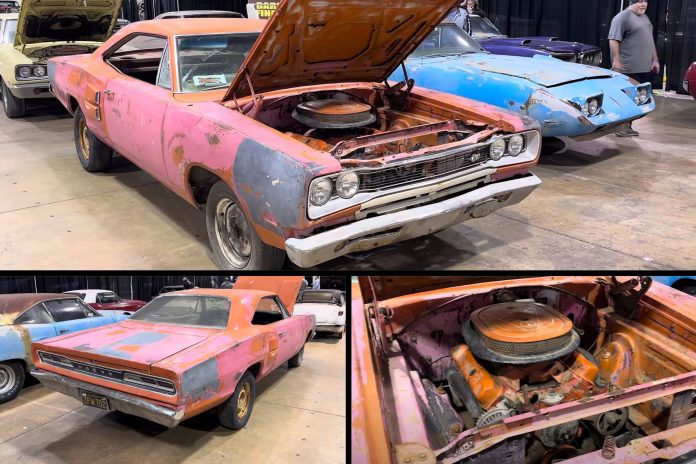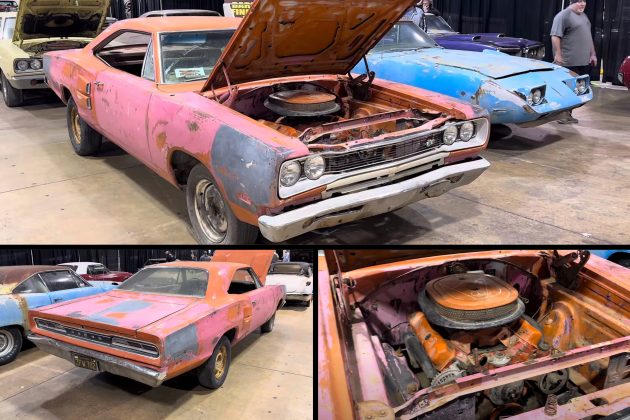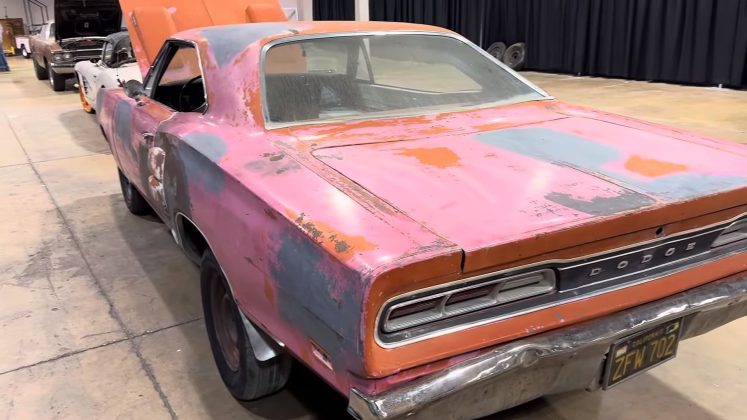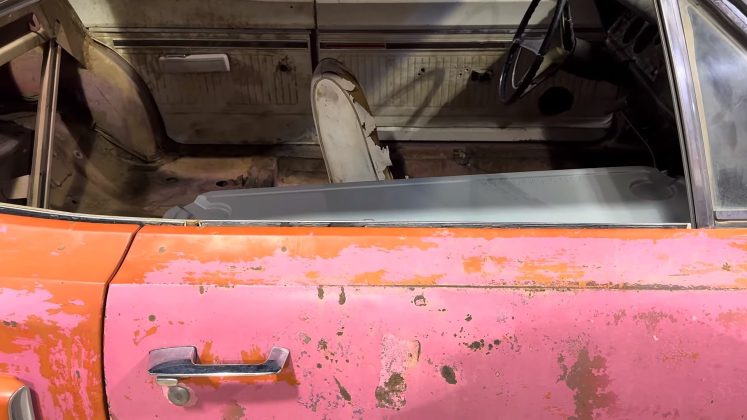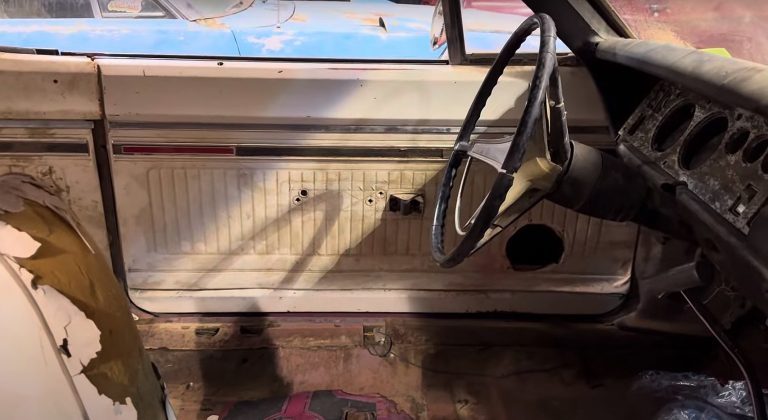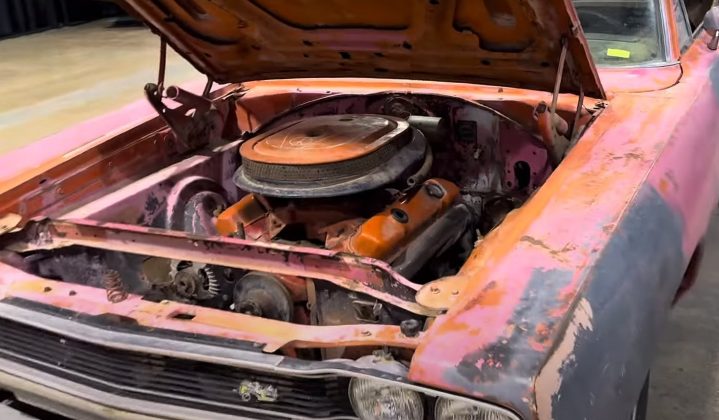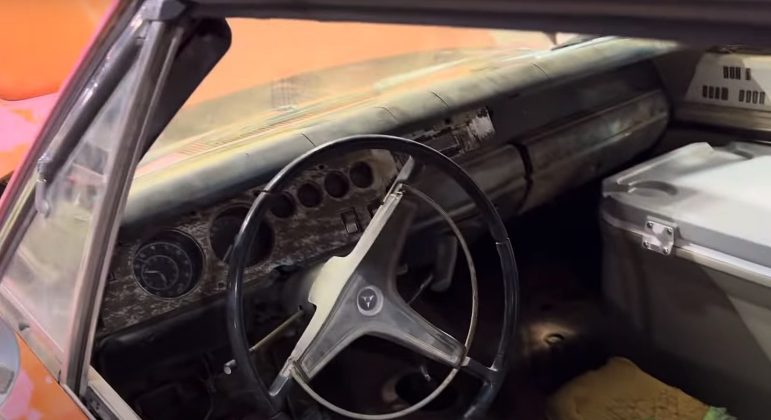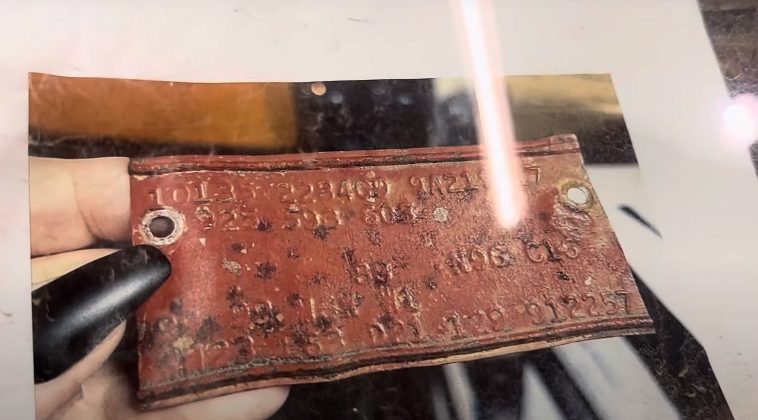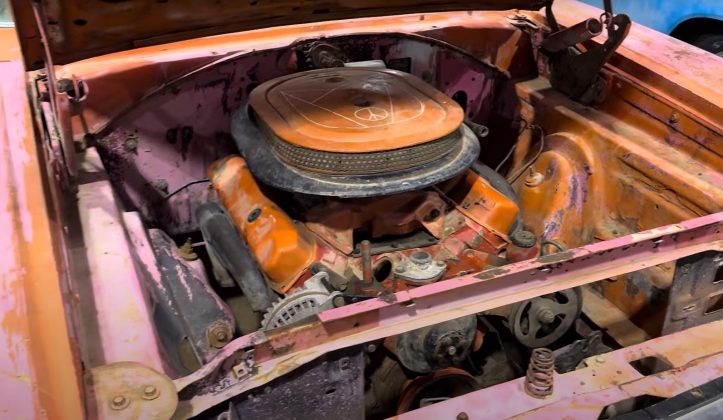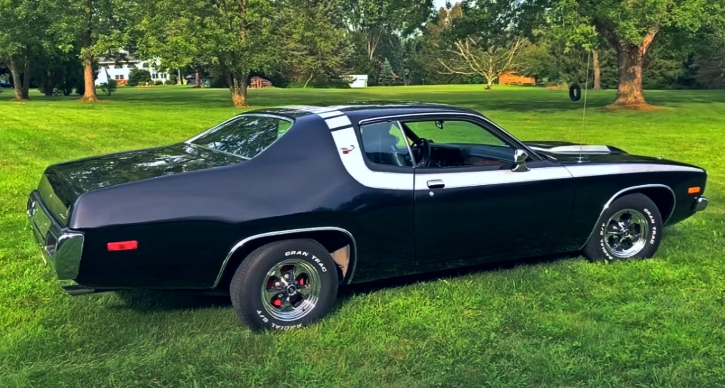Classic cars gain rarity through various factors, with production numbers being a primary consideration. Beyond sheer scarcity, even common nameplates can transform into coveted gems when equipped with specific options. The allure of a classic vehicle often hinges on unconventional elements, such as a low-production color combination.
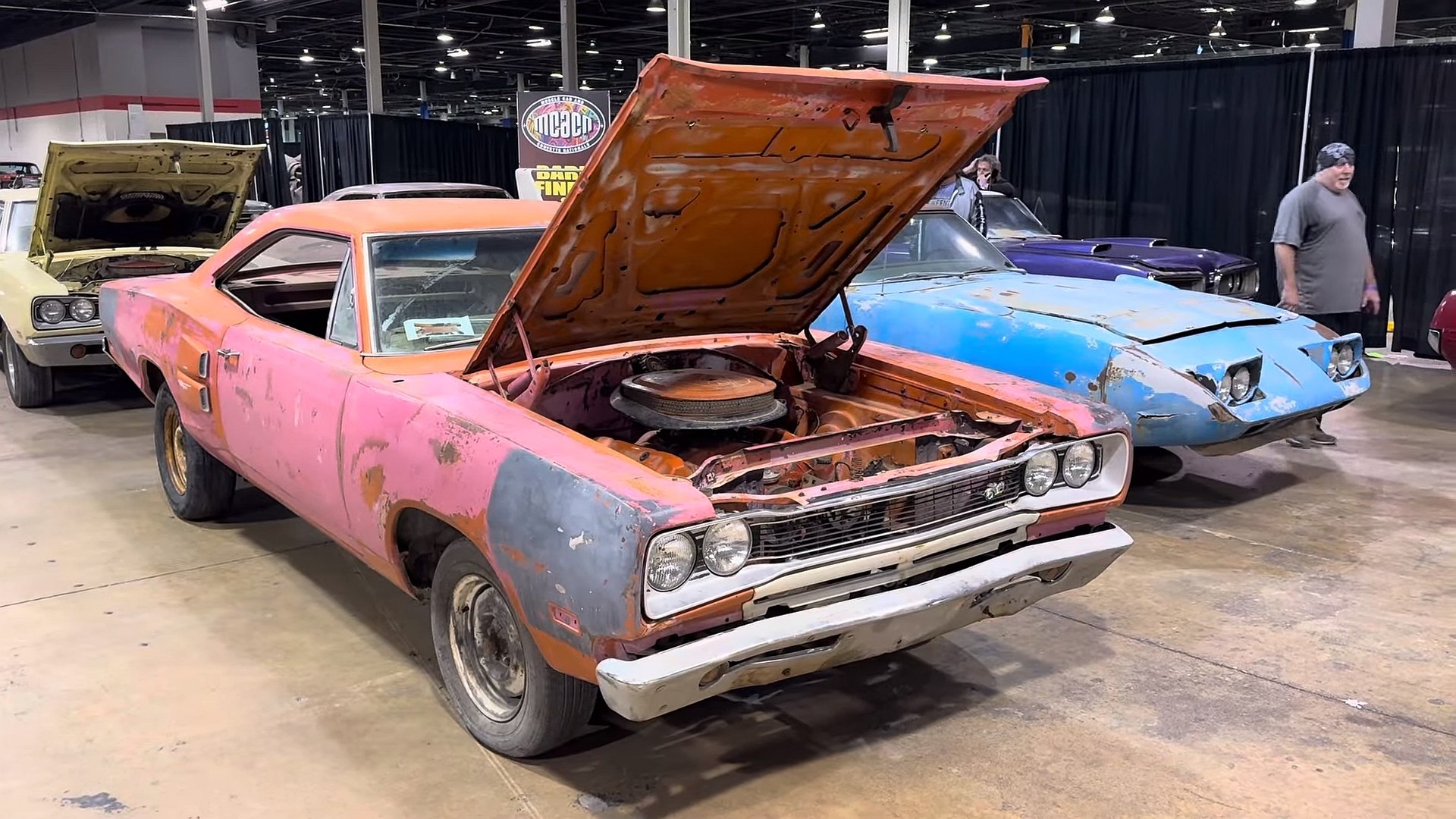
In the realm of Mopars from the golden muscle car era, the role of High-Impact colors is pivotal. Notable among them are Plum Crazy / In-Violet, highly desirable but not particularly rare. The High-Impact color palette extends to less popular hues, resulting in only a few thousand vehicles featuring them. The scarcity is further accentuated when these numbers are distributed across various nameplates.
Of the ten High-Impact paints offered between 1969 and 1971, Bright Green / Rallye Green and Panther Pink / Moulin Rouge stand out as the rarest. These colors were exclusive Spring options in 1969, with Panther Pink / Moulin Rouge making a brief appearance as a special-order paint in 1970, albeit in limited quantities. The 1971-only Citron Yella / Curious Yellow adds to the list of super-rare Mopars.
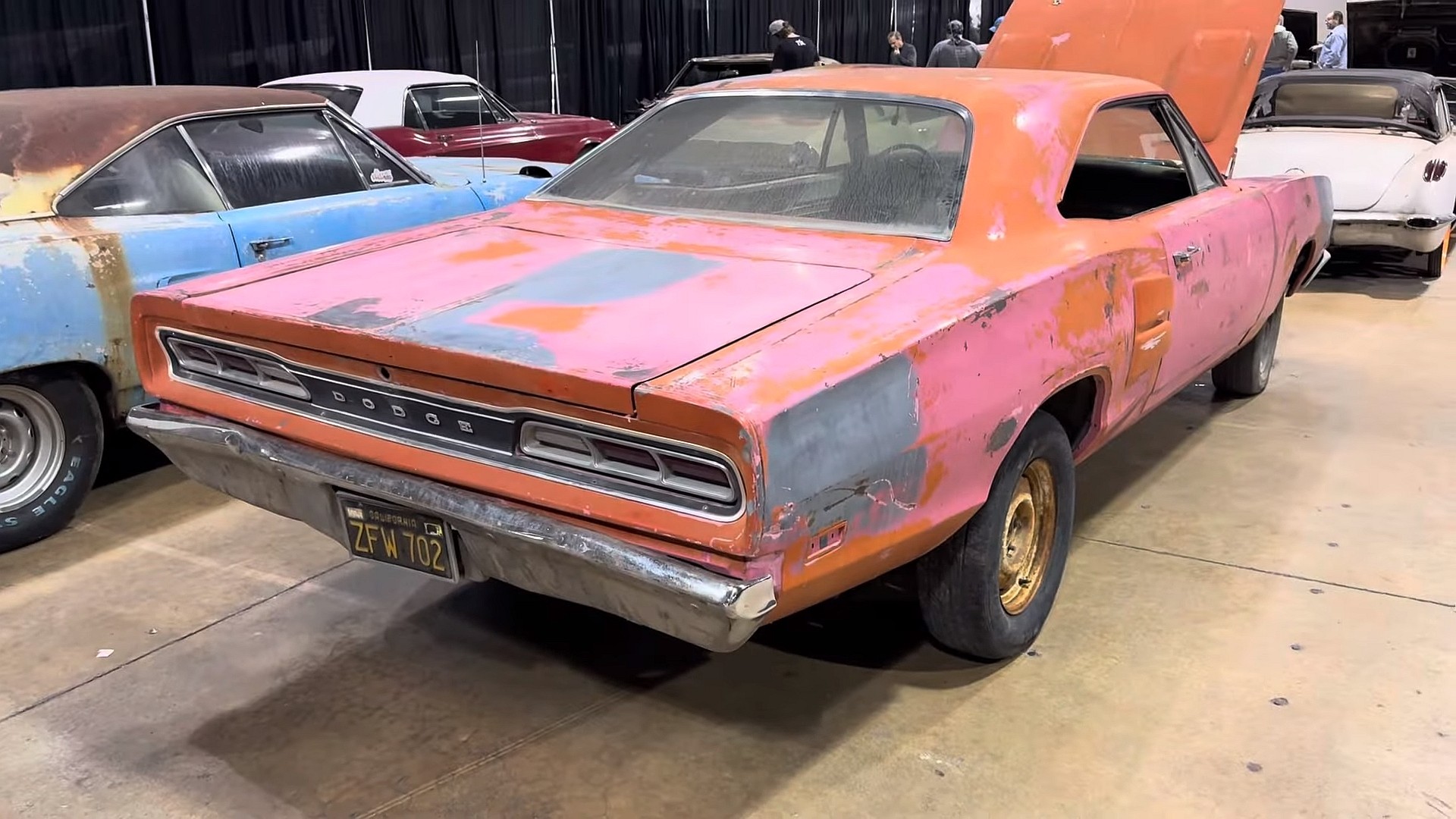
Amidst the rare Mopars, a 1969 Super Bee stands out, showcasing a special-order paint that defies expectations. Despite the initial appearance of Panther Pink, closer inspection reveals a unique color. The 999 code on its fender tag denotes special-order paint, setting it apart from typical High-Impact colors.
FAQs: Decoding the Uniqueness
**Q1: How do we know it’s not faded Panther Pink?**
A: The Super Bee left the assembly line before Panther Pink was introduced for the 1970 model year, making fading improbable. Panther Pink also acquired the 999 code for special orders in the 1971 model year.
**Q2: How is the authenticity verified?**
A: Mopars5150 sought validation from Mopar expert Dave Wise, confirming the Super Bee as an authentic special-order rig with a genuinely unique color.
**Q3: What’s the history behind the repaint?**
A: While the car was repainted in a hue resembling EK2 Go Mango, evidence on the firewall and unrefinished areas affirms its original pink finish.
**Q4: Why is the pink hue different from Panther Pink?**
A: The variation suggests either a customer-requested unique shade or the possibility of a test car for an unreleased Pink Panther model.



